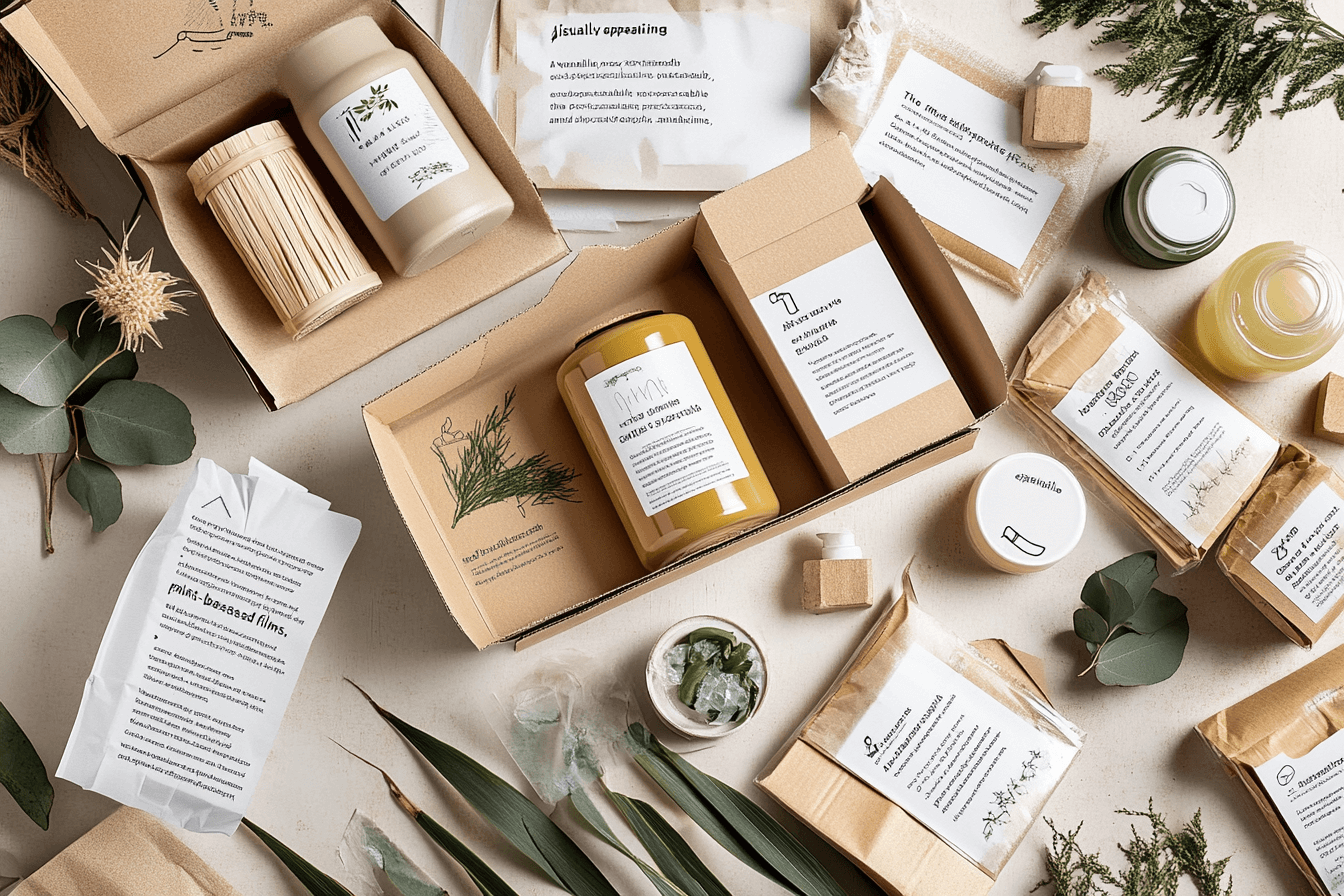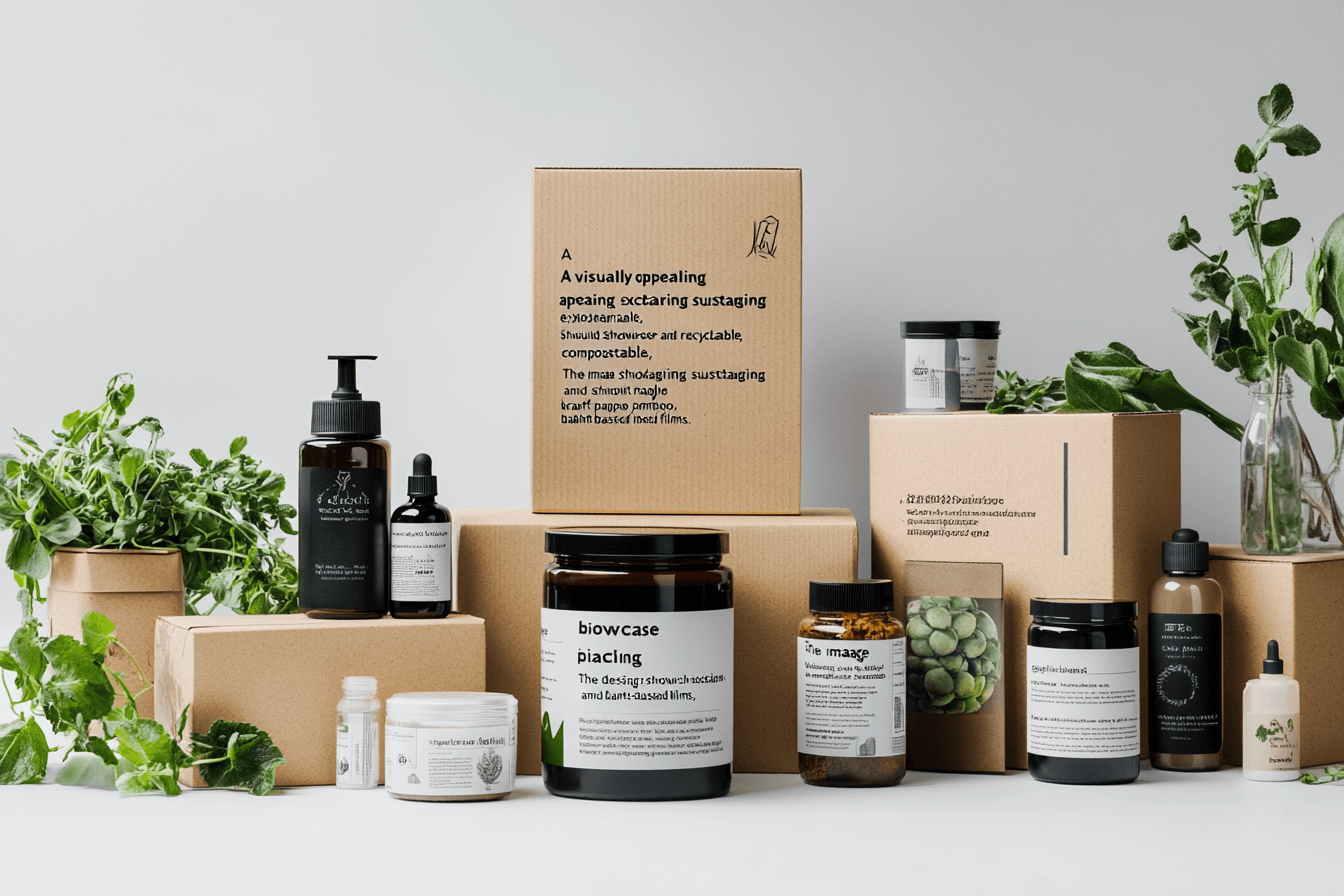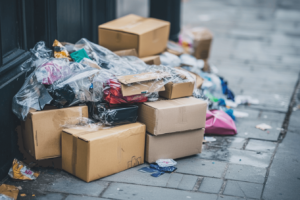When unboxing experiences go viral, it’s not just the product that captures attention it’s also the packaging. Eco-friendly packaging is transforming this moment, combining sustainability with aesthetics to meet the demands of conscious consumers. In this article, we explore why eco-friendly packaging matters, its key features, benefits for businesses, and the challenges brands face in adopting it.
Why eco-friendly packaging matters
Packaging plays a significant role in modern commerce, but its environmental impact cannot be ignored. Traditional packaging methods, often dependent on plastics and non-recyclable materials, contribute to global waste and pollution. Eco-friendly packaging offers a solution, aligning with both environmental goals and consumer expectations.
The environmental impact of traditional packaging
The widespread use of single-use plastics in packaging has led to alarming environmental issues. Every year, millions of tons of plastic end up in landfills or oceans, where they take centuries to decompose. Beyond visual pollution, microplastics seep into ecosystems, affecting wildlife and human health.
Eco-friendly alternatives aim to mitigate these consequences by promoting the use of biodegradable or recyclable materials. Choosing sustainable options helps reduce the carbon footprint associated with production, transportation, and disposal.
The rise of conscious consumerism
Today’s consumers are more environmentally aware than ever. They want to support brands that align with their values, including sustainability. According to recent surveys, over 70% of shoppers are willing to pay more for eco-friendly products. Packaging plays a pivotal role in shaping their perceptions—responsible choices resonate deeply with this growing audience.
By embracing sustainable packaging, brands signal their commitment to reducing waste and addressing environmental challenges. This strategy isn’t just good for the planet; it’s also good for business.
Key features of eco-friendly packaging
Eco-friendly packaging is more than a trend—it’s a movement. But what makes packaging sustainable? Several essential features set it apart, from the materials used to the designs themselves.
Biodegradable and compostable materials
One hallmark of eco-friendly packaging is its ability to break down naturally. Materials like kraft paper, cornstarch, and bamboo decompose within weeks or months, leaving no toxic residue behind. Compostable options even enrich the soil, creating a closed-loop system that benefits the environment.
For example, food packaging made from cornstarch is durable yet fully biodegradable, making it a preferred choice for takeaway containers.
Recyclable designs
Recyclability is another cornerstone of sustainable packaging. Many eco-friendly options are made from recycled materials, which can be reused multiple times. Cardboard, glass, and certain plastics can be processed into new products, reducing the demand for virgin materials.
A key advantage of recyclable packaging is its accessibility. Many communities already have recycling programs in place, simplifying the process for consumers.
Minimalist and plastic-free solutions
Simplicity is a hallmark of sustainable design. Minimalist packaging avoids excessive materials and unnecessary layers, focusing instead on functionality and aesthetics. Plastic-free alternatives, such as paper wraps or plant-based films, further reduce waste while offering high performance.
This approach doesn’t sacrifice visual appeal. Sleek, minimal designs are often perceived as premium, elevating the customer experience.

The benefits for businesses
Adopting eco-friendly packaging isn’t just a moral decision it’s a strategic one. Companies that invest in sustainable practices reap a host of benefits, from enhanced reputation to long-term savings.
Enhancing brand reputation
Sustainability has become a differentiator in crowded markets. Brands that prioritize eco-friendly packaging are more likely to attract and retain loyal customers. Positive reviews, social media buzz, and word-of-mouth endorsements often follow, as consumers love to share their experiences with responsible companies.
Take, for example, brands like Patagonia and Lush. Their commitment to sustainability has become central to their identities, earning them respect and advocacy from customers worldwide.
Reducing costs through sustainable practices
While eco-friendly packaging may have higher upfront costs, it can lead to significant savings over time. Lightweight materials reduce shipping expenses, and using recycled content often costs less than sourcing virgin materials. Furthermore, streamlined packaging designs optimize storage and transport efficiency.
Companies that invest in sustainability also benefit from reduced waste disposal costs, particularly in jurisdictions with strict landfill taxes or recycling incentives.
Attracting eco-conscious customers
Eco-conscious consumers represent a growing market segment. Offering sustainable packaging helps brands tap into this demographic, creating a competitive edge. Transparent communication about packaging choices through labeling or marketing can further strengthen trust and loyalty.
Customers are more likely to support businesses that reflect their values. By addressing environmental concerns, companies not only meet customer expectations but exceed them.
Challenges and solutions
Transitioning to eco-friendly packaging isn’t without its hurdles. Businesses must navigate various obstacles, from cost considerations to supply chain complexities. However, innovative solutions can help overcome these barriers.
Overcoming higher initial costs
One of the most common concerns is the upfront expense of sustainable materials. Eco-friendly packaging often costs more than traditional options, particularly for small businesses with limited budgets.
To address this, companies can adopt a phased approach, starting with high-impact changes like switching to recycled boxes. Partnering with suppliers who specialize in sustainable solutions can also help negotiate better pricing.
Finding reliable sustainable suppliers
Not all suppliers meet the same standards for sustainability. Businesses must carefully vet potential partners to ensure they deliver high-quality, eco-friendly materials. Certifications, such as FSC (Forest Stewardship Council) or BPI (Biodegradable Products Institute), can provide assurance of a supplier’s credibility.
Building long-term relationships with reliable suppliers ensures consistency and fosters innovation in sustainable packaging.
Educating consumers on recycling
Even the most sustainable packaging won’t make a difference if it’s improperly disposed of. Many consumers remain unaware of how to recycle certain materials, leading to contamination in recycling streams.
Clear labeling, such as the use of recycling symbols and disposal instructions, is essential. Brands can also use their platforms to educate customers about sustainability, turning packaging into an opportunity for advocacy.
Shaping the future with eco-friendly packaging
The adoption of eco-friendly packaging signals a broader shift toward sustainability in commerce. As brands innovate and consumers demand greener solutions, this movement is reshaping industries. Eco-friendly packaging doesn’t just protect the planet it enhances customer experiences, fosters brand loyalty, and drives long-term growth.
Businesses that embrace sustainable packaging today are positioning themselves as leaders in tomorrow’s market. Whether through biodegradable materials, minimalist designs, or recyclable options, the commitment to eco-friendly practices is a win-win for companies, consumers, and the environment.








